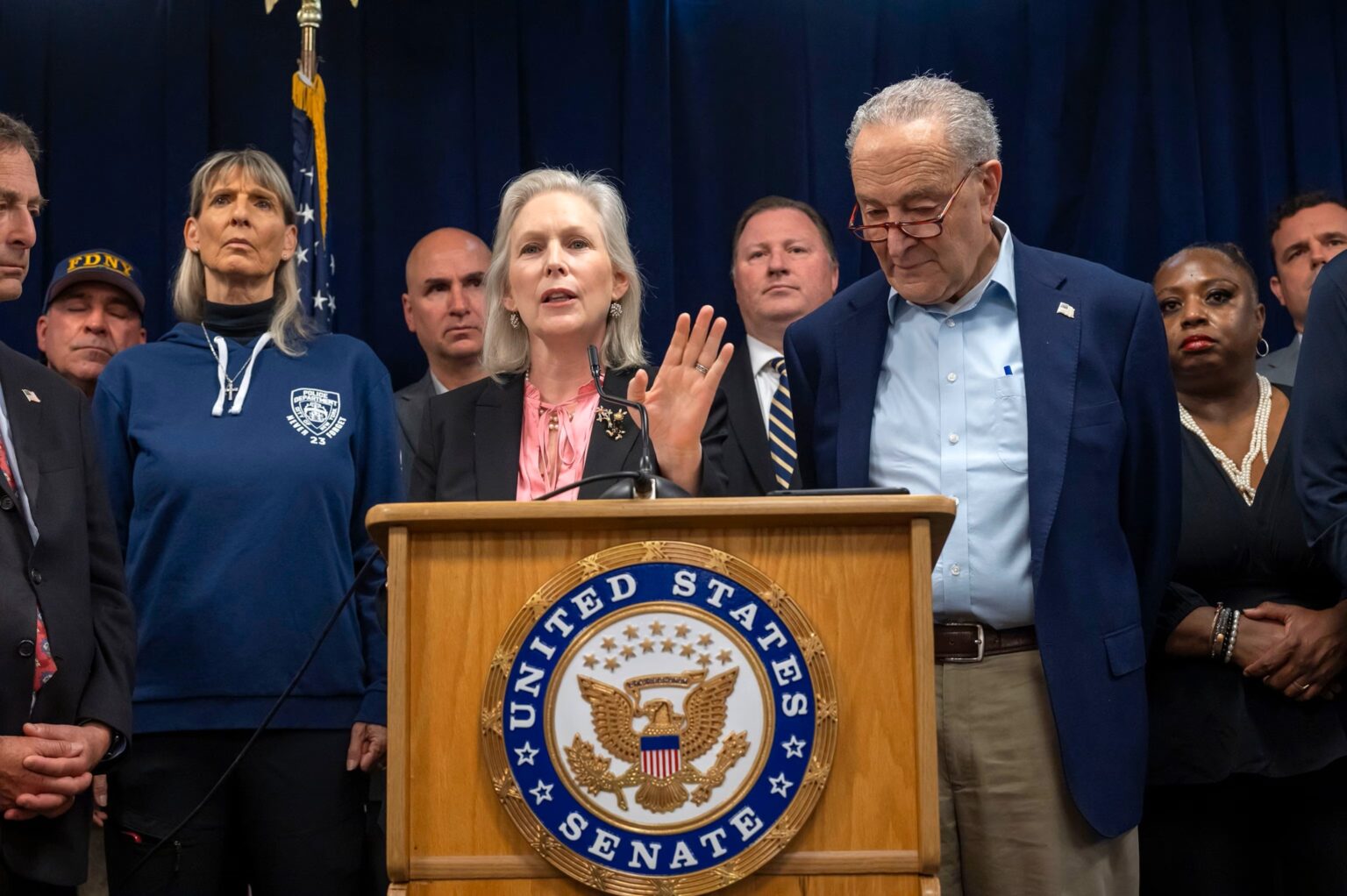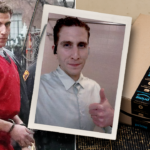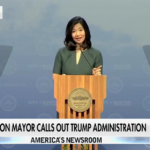On the eve of the 24th anniversary of the September 11 attacks, voices that once echoed across Ground Zero are now shouting across Capitol Hill: the World Trade Center Health Program (WTCHP) is running out of time.For decades, first responders, survivors, and families affected by 9/11 looked to WTCHP as a lifeline — offering screening, care, and hope for illnesses tied to the collapse of the towers. But recent reporting reveals that, unless Congress acts, the program’s capacity to accept new members could end in 2027, and services for those already relying on it might be cut back.
What’s at Stake
The program was created under the James Zadroga 9/11 Health and Compensation Act (2010), reauthorized in 2015, with the goal to provide medical monitoring and treatment for individuals exposed to toxins from the 9/11 attacks. It’s administered through NIOSH (the National Institute for Occupational Safety and Health), under the purview of HHS and CDC.Today, more than 137,000 responders and survivors are enrolled nationwide. Over 84,000 have certified 9/11‑related illnesses. About 39,000 have certified cancers tied to exposure. But the program’s funding formula is based on assumptions made years ago — and those assumptions aren’t holding up. Costs are rising, more people are seeking care, and the number of diseases showing up later in life is growing. It’s being told there’s not enough money to cover treatments tied to newly emerging conditions. Retired responders share stories of near misses, where early detection might have made a difference. One former Ground Zero worker, now battling chronic lung disease and cancers, said WTCHP means the difference between financial ruin and getting by.Some advocates describe the current situation as “bureaucratic cruelty.” They point to the Department of Health & Human Services’ recent staffing cuts, slow or halted research grants, and uneven communication. Delays in certifying illnesses, long wait times for appointments, unclear points of contact — all are adding stress to people already facing illness.
Legislative Lifeline
In response, a bipartisan bill called the 9/11 Responder and Survivor Health Funding Correction Act of 2025 (H.R. 1410 / S.739) has been introduced. Its goal: update the funding formula so it reflects the actual number of enrollees, projected healthcare costs, and the long latency of many 9/11‑related illnesses — many of which emerge decades after exposure. If passed, it would help “future‑proof” the program through its intended lifespan (which currently extends to 2090 under law).Senator Kirsten Gillibrand (D‑NY), among its lead sponsors, has been vocal: unless this correction is made, or funding secured, new responders and survivors may be turned away starting in 2027, and existing enrollees face cuts to care.
Why It’s Urgent, Not Optional
There are a few crucial reasons the urgency can’t be ignored:1. Delayed Onset of Illness – Many diseases tied to exposure (cancers, respiratory illnesses, neurological issues) surface decades later. Some people only now are being diagnosed. Waiting another few years could mean cases that are harder (or impossible) to treat. 2. Promise Made, Promise Kept? – This isn’t just policy. For many, it’s a moral contract. First responders risked their lives. Survivors lived with the dust and toxins. WTCHP was intended as part of America’s promise to them. Losing eligibility or access isn’t just financial — it’s emotional. 3. The Need Keeps Getting Bigger – Numbers for people in the program, sicknesses, and costs are all going up.
Okay, things aren’t perfect. People are talking about budget issues, other needs, rising health costs, and whether the program is run well. Some think better management and focus can improve things without big cuts. Others say healthcare costs are a big deal. But many supporters feel breaking the promise to those who helped after 2001 isn’t right, no matter what.
What People Want
Supporters, survivors, and politicians want a few things to happen:
– Pass the 2025 Correction Act to fix the money problems for good.
– Keep the program fully staffed, especially with the people who check applications, doctors, and office workers who handle paperwork.
– Bring back and grow research money to find new sicknesses and watch how people’s health changes over time.
– Better updates from HHS, making sure treatments are okayed quickly and that people in the program know what they’re entitled to.
– Make sure the promise made under the Zadroga Act to keep coverage going until 2090 is kept, both in the rules and in the budget.
What Could Happen Next
If Congress acts soon, it’ll give everyone some breathing room.
New enrollees will keep getting into the program. Existing patients can continue receiving care without interruption. Research can resume or expand, helping identify later‑onset illnesses. And the promise behind that famous phrase — “Never Forget” — will feel more like something alive, not faded. If not, starting in 2027 the program may have to stop accepting new enrollees. By 2029, existing enrollees may see services scaled back, delayed, or undercut. For many who already live with chronic illness, that could mean worsening disease, financial hardship, or worse.
Final Word
What’s happening with the World Trade Center Health Program isn’t just about dollars and legislation. It’s about government’s promise to care for those who stood up when it mattered most. It’s about whether America can balance fiscal discipline with moral responsibility. And for many, current realities are testing whether promises made in grief and urgency will be honored in the long years that follow.Until Congress takes decisive action, thousands will continue waiting — for care, for answers, for reassurance that they weren’t forgotten.










